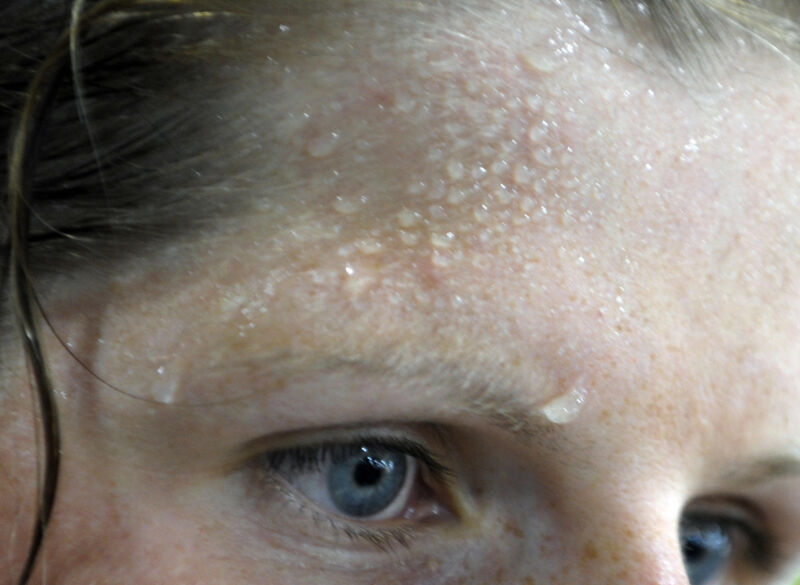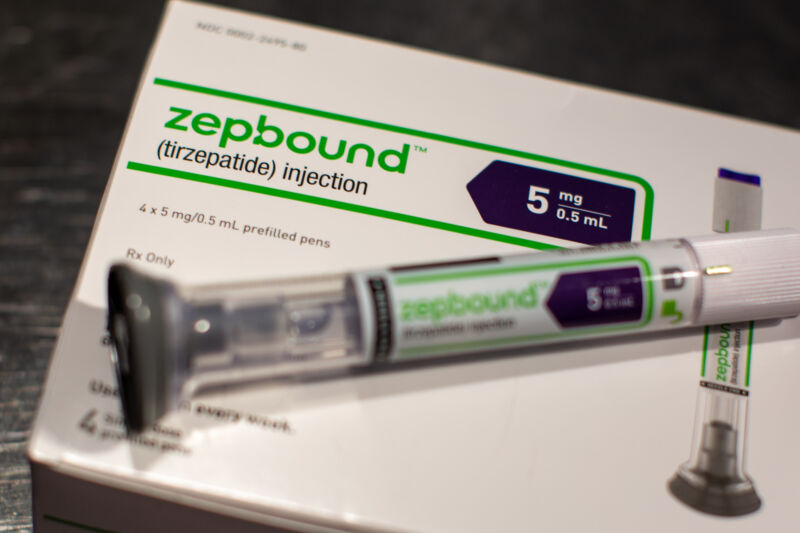Human cases of raccoon parasite may be your best excuse to buy a flamethrower

Enlarge / Young raccoon looking out from a tree. (credit: Getty | Camerique)
If you were looking for a reason to keep a flamethrower around the house, you may have just found one.
This week, the Los Angeles County health department reported that two people were infected with a raccoon parasite that causes severe, frequently fatal, infections of the eyes, organs, and central nervous system. Those who survive are often left with severe neurological outcomes, including blindness, paralysis, loss of coordination, seizures, cognitive impairments, and brain atrophy.
The parasitic roundworm behind the infection, called Baylisascaris procyonis, spreads via eggs in raccoons feces. Adult worms live in the intestines of the masked trash scavengers, and each female worm can produce nearly 200,000 eggs per day. Once in the environment, those eggs can remain infectious for years. They can survive drying out as well as most chemical treatments and disinfectants, including bleach.
















